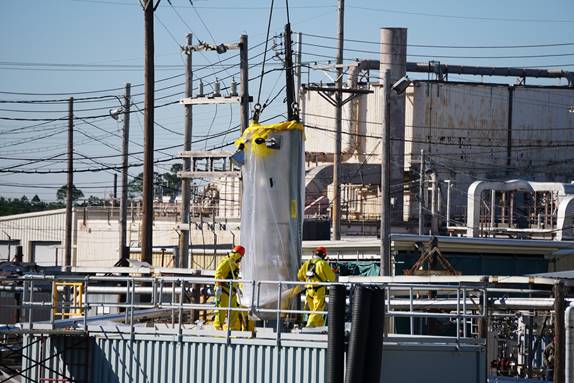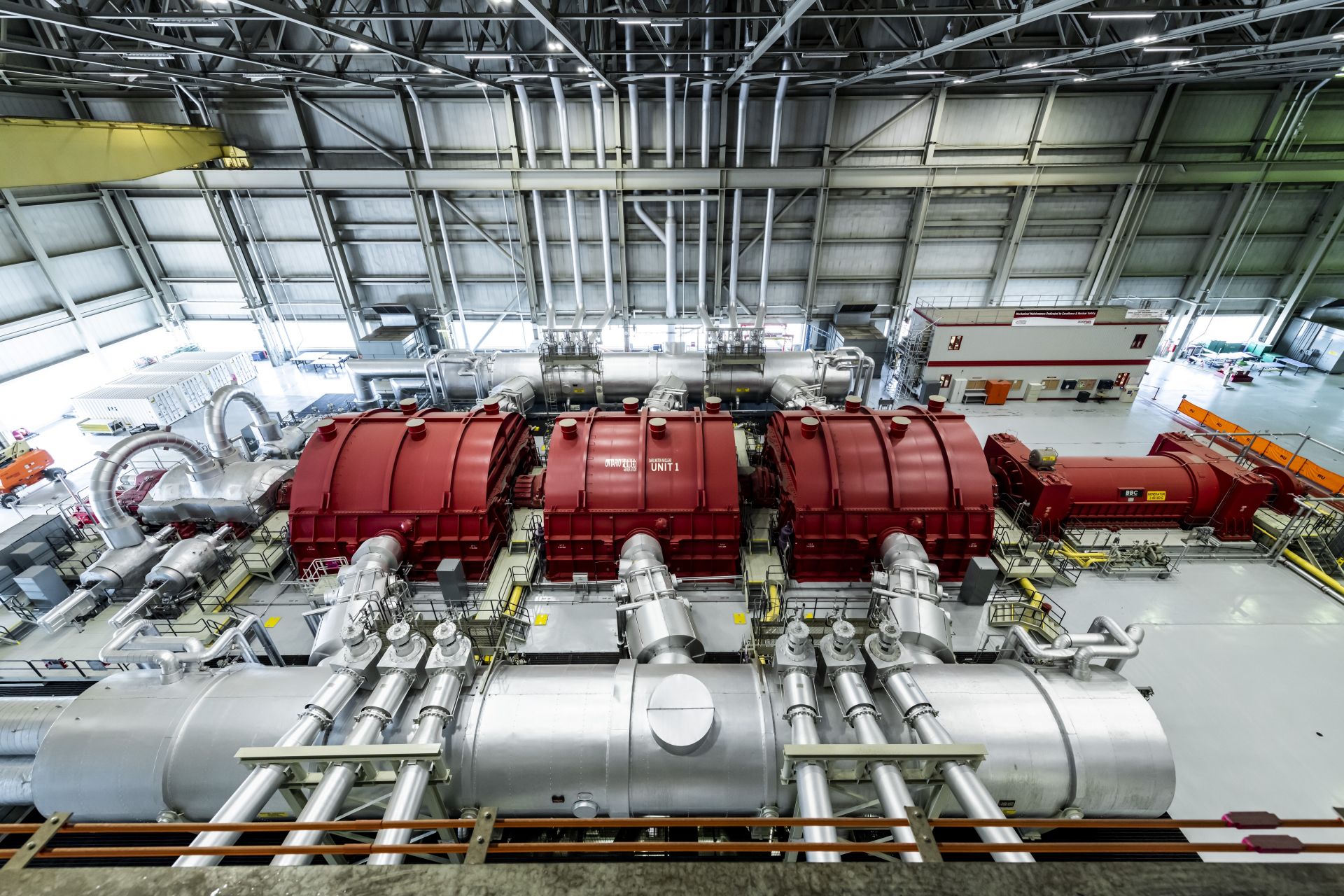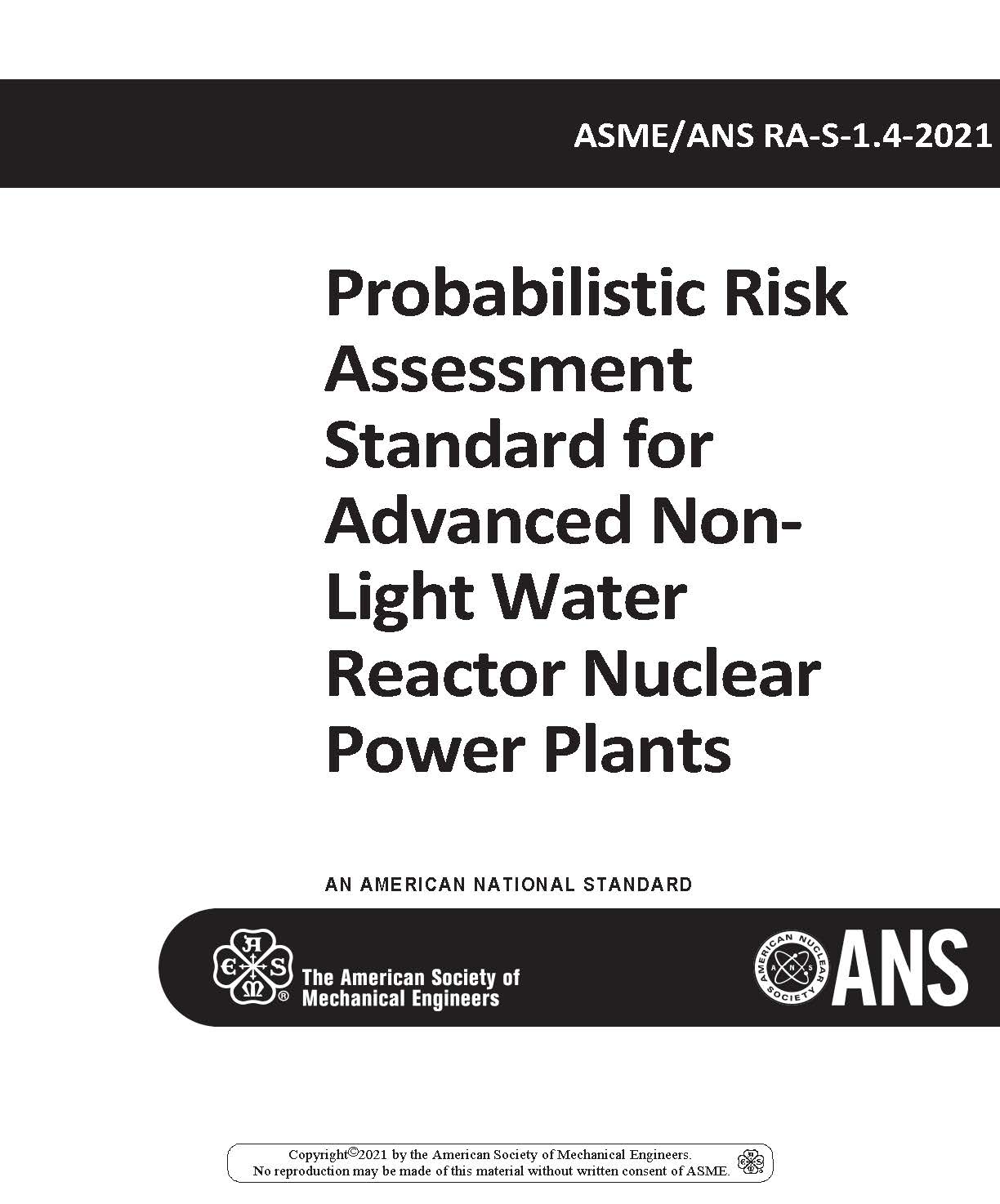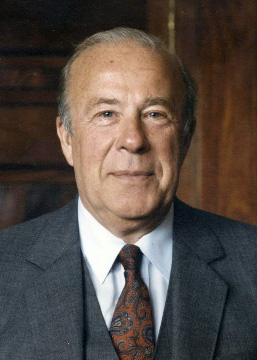Manhattan Project scientist Chien-Shiung Wu honored with Forever Stamp
To mark the International Day of Women and Girls in Science, the U.S. Postal Service today issued a commemorative Forever stamp recognizing influential nuclear physicist and professor Chien-Shiung Wu (1912–1997).
A great honor: The stamp was dedicated during a virtual ceremony that can be viewed on the Postal Service Facebook and Twitter pages. USPS official Kristin Seaver was joined for the ceremony by Vincent Yuan, a scientist at Los Alamos National Laboratory and son of the honoree; Jada Yuan, granddaughter of the honoree; and Brian Greene, professor of physics and mathematics at Columbia University. The stamp is available for purchase at Post Office locations nationwide and online.
“I am elated to have my mother honored by USPS on a postage stamp because I believe it goes beyond recognizing her scientific achievements; it also honors the determination and moral qualities that she embodied,” said Vincent Yuan. “It’s even more profound that the recognition comes from America, the country of her naturalization that she loved.”







 ANSI/ASME/ANS RA-S-1.4-2021, “Probabilistic Risk Assessment Standard for Advanced Non-Light Water Reactor Nuclear Power Plants,” has just been issued. Approved by the American National Standards Institute (ANSI) on January 28, 2021, this joint American Society of Mechanical Engineers (ASME)/American Nuclear Society (ANS) standard sets forth requirements for probabilistic risk assessments (PRAs) used to support risk-informed decisions for commercial nuclear power plants and prescribes a method for applying these requirements for specific applications.
ANSI/ASME/ANS RA-S-1.4-2021, “Probabilistic Risk Assessment Standard for Advanced Non-Light Water Reactor Nuclear Power Plants,” has just been issued. Approved by the American National Standards Institute (ANSI) on January 28, 2021, this joint American Society of Mechanical Engineers (ASME)/American Nuclear Society (ANS) standard sets forth requirements for probabilistic risk assessments (PRAs) used to support risk-informed decisions for commercial nuclear power plants and prescribes a method for applying these requirements for specific applications.